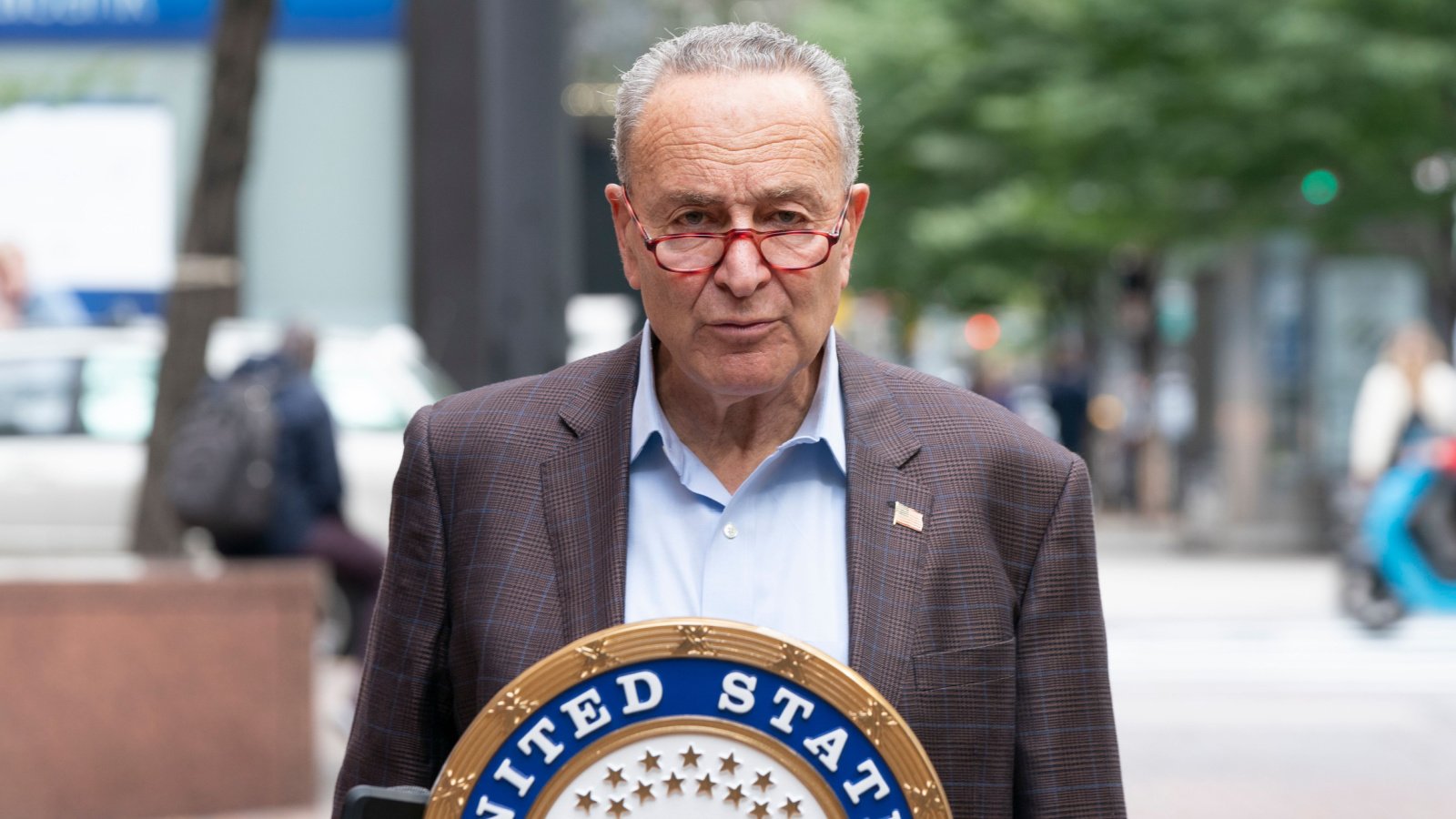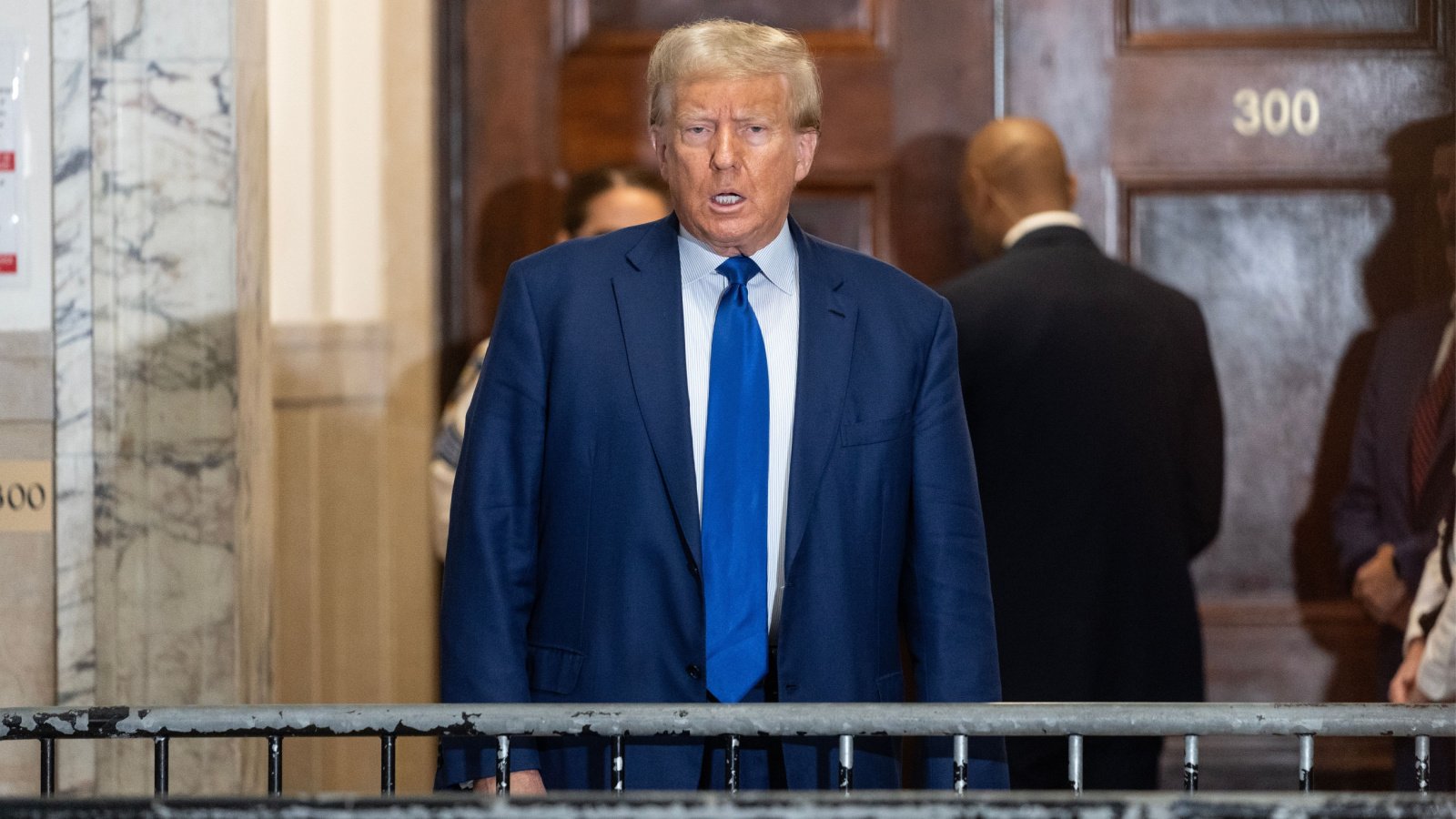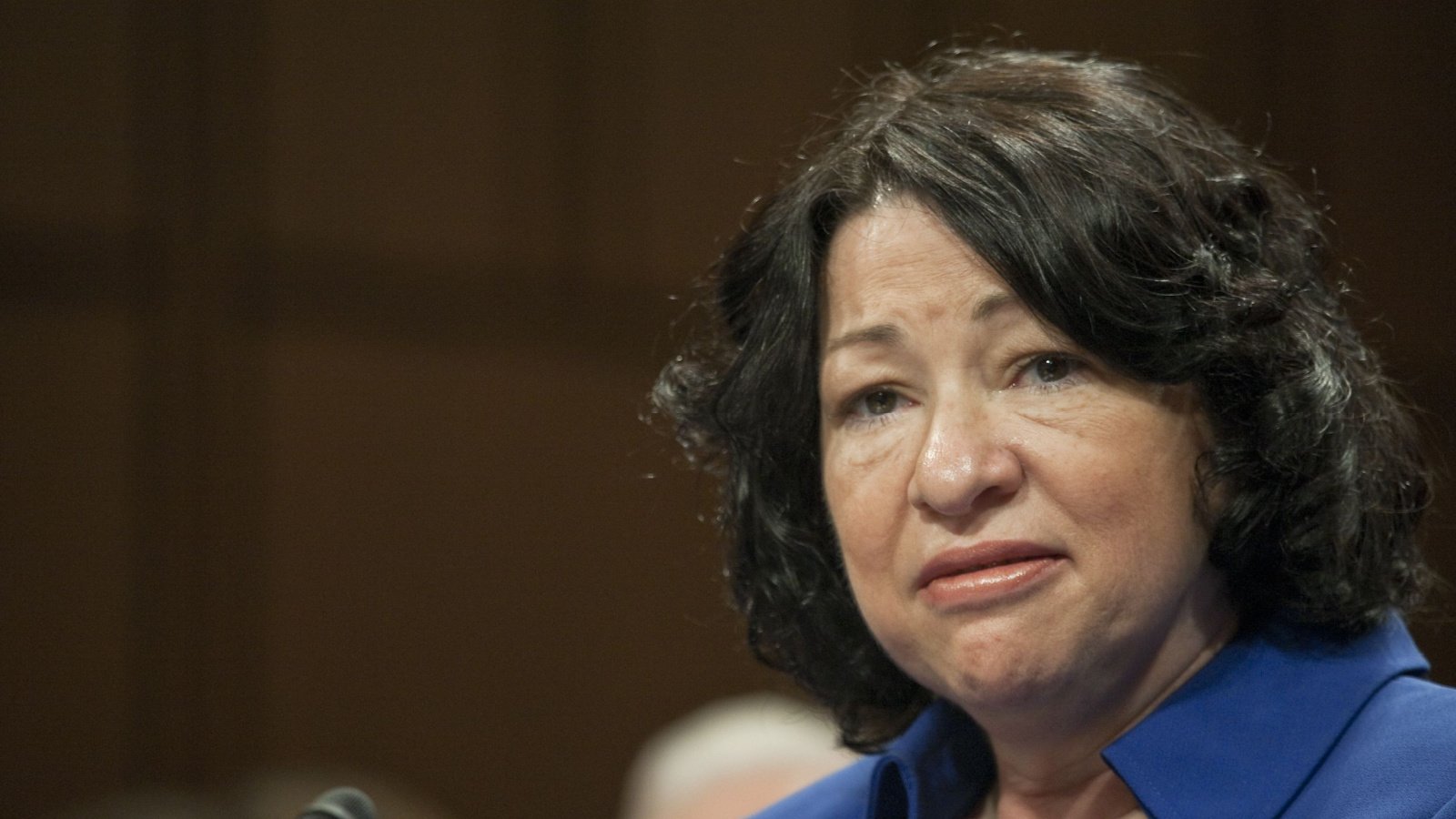To decrease the pressure on gas prices, the White House will release 1 million barrels of gasoline from domestic reserves. The million barrels will be sold from New Jersey and Maine storage sites, and 100,000 barrels will be released at a time.
Competitive Bidding

As the gasoline is released from the reserves, it will be sold via a competitive bidding system. This ensures that the gas will be in place for local retailers at competitively low prices for Independence Day.
Current Gas Prices

National gas prices are up six cents from last year and average $3.60 per gallon. Gas prices are often a leading economic temperature gauge for the public, who feel the pinch immediately when prices rise in fuel. Decreasing gas prices in an election year is a winning strategy for President Biden.
Focus on Lowering Prices

Department of Energy Secretary Jennifer Granhold stated, “The Biden-Harris administration is laser-focused on lowering prices at the pump for American families, especially as drivers hit the road for summer driving season.”
Timing of the Release

The downward pressure on gas prices will likely hit consumers on some of the most historically traveled periods of the year, between Memorial Day and July 4th.
Broader Actions
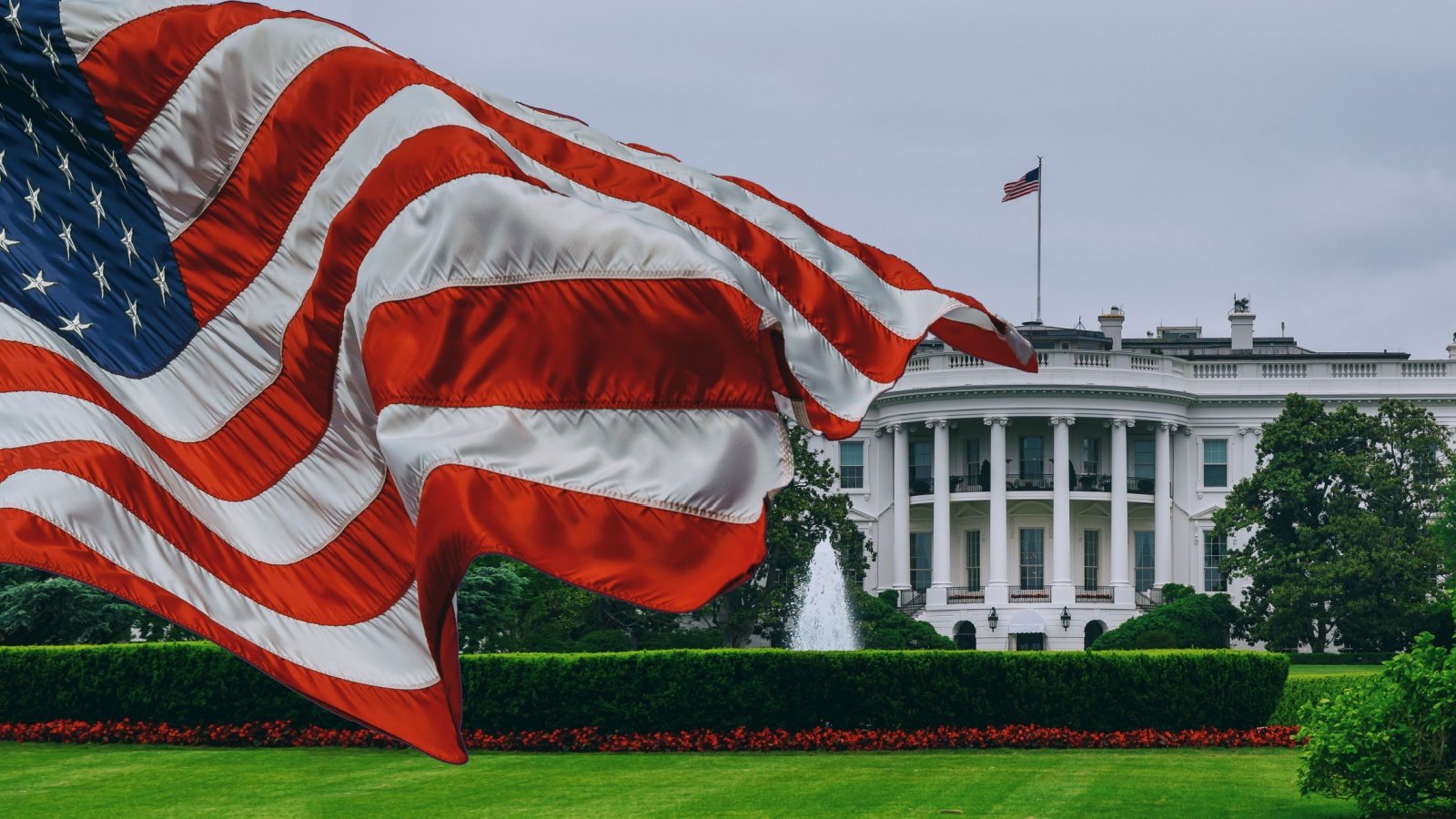
According to White House Press Secretary Karin Jean-Pierre, releasing one million barrels of gasoline is only one of many efforts of the Administration to lower energy costs. Jean-Pierre also emphasized that Biden has orchestrated other releases from Strategic Petroleum Reserves.
Strategic Petroleum Reserve
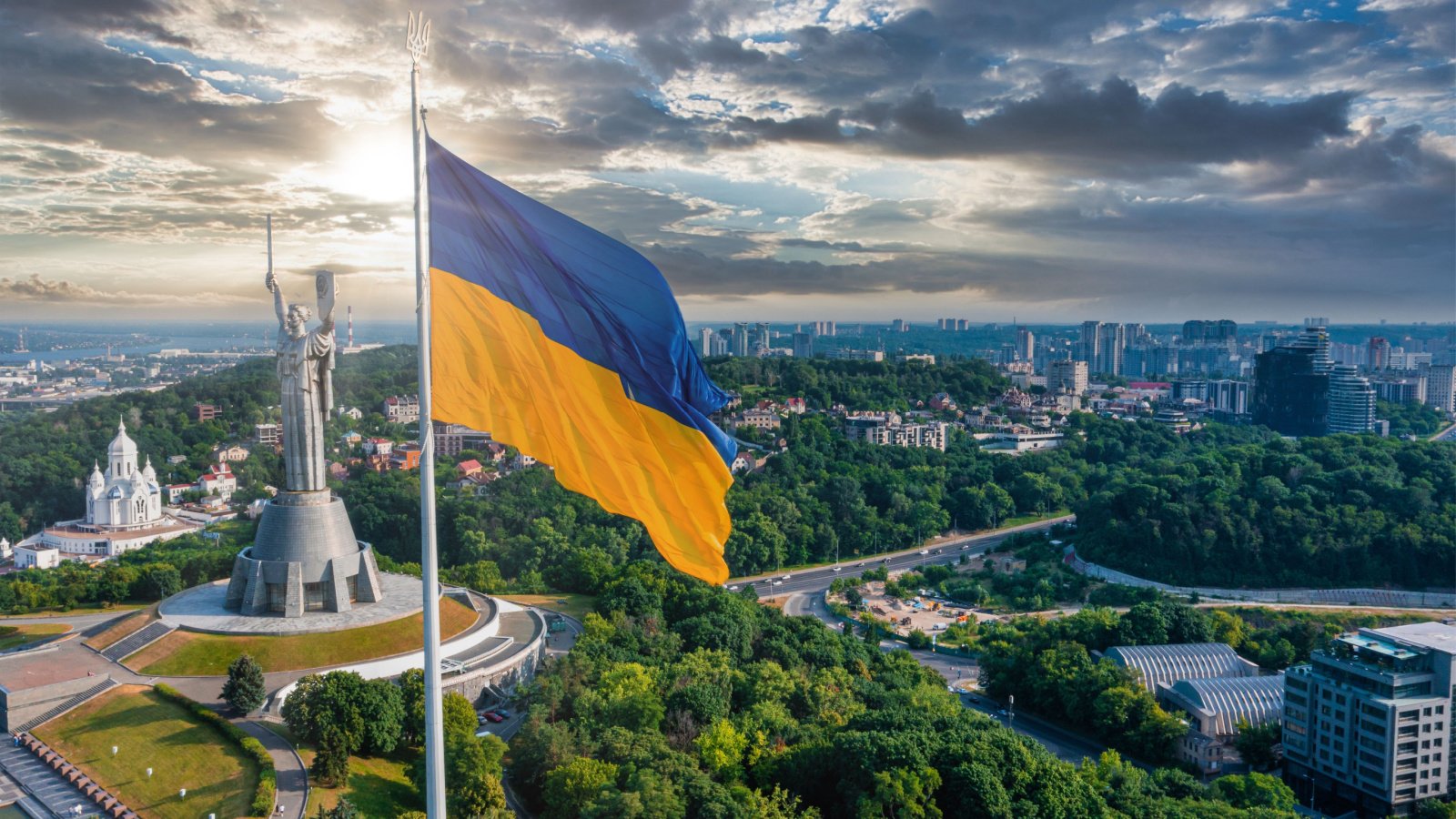
For example, in 2022, the Biden Administration released a significant amount of oil from the Strategic Petroleum Reserve to offset the tightening of gas prices when Russia invaded Ukraine and disrupted a supply chain of oil that provided a large portion of the global oil supply. With restrictions following Russia’s aggressive actions, the lower availability of oil led to high domestic prices. In this act, Biden’s action to release the reserves brought the level of the reserves to the lowest since the 1980s.
Refilling the Reserve

Following the release from the reserves in 2022, the Administration has refilled the oil reserve. The U.S. oil reserve currently has more than 364 million barrels of crude oil, which represents the world’s largest emergency crude oil supply at this time.
Deadline for Transfer

The sale of reserves from the Northeast stock is set to be transferred or delivered by the end of June to meet consumer demand over the summer holidays.
Political Criticism

Republicans will likely speak out critically of the Biden Administration’s actions as being self-serving rather than acting in the interest of U.S. consumers, as they accused him of doing in 2022. Republicans were upset that Biden only released oil from the reserves during election years when it behooved him and his party politically to do so. According to Republicans, high gas prices are an everyday problem for Americans, and acting to relieve prices only in times that are both notable and creditable to the Administration is politicizing the release of gasoline to only benefit Americans at certain specific times.
Focus on Clean Energy

According to a White House statement, “President Biden is advancing a more secure, affordable, and clean energy future to lower utility bills while record American energy production helps meet our immediate needs.”
Energy Department Statement

The Department of Energy emphasized that competitive prices remain foremost in the administration’s efforts and inform the competitive bidding process to ensure the lowest cost to travelers.
Impact on Families

Several world political and geopolitical events have contributed to the increase in gas prices. Disruption of the supply chain, high taxes, and a burgeoning preference against fossil fuels have all resulted in higher gas prices at the pump.
Historical Context

Oil will be released from the Northeast reserves, which were created after Superstorm Sandy in 2012 to mitigate fuel shortages in the region.





